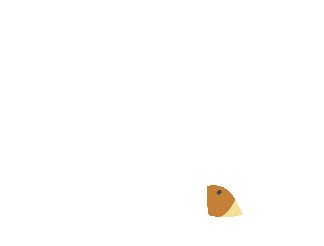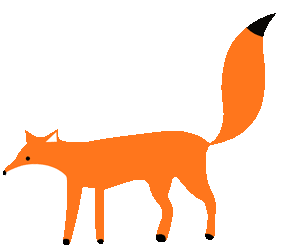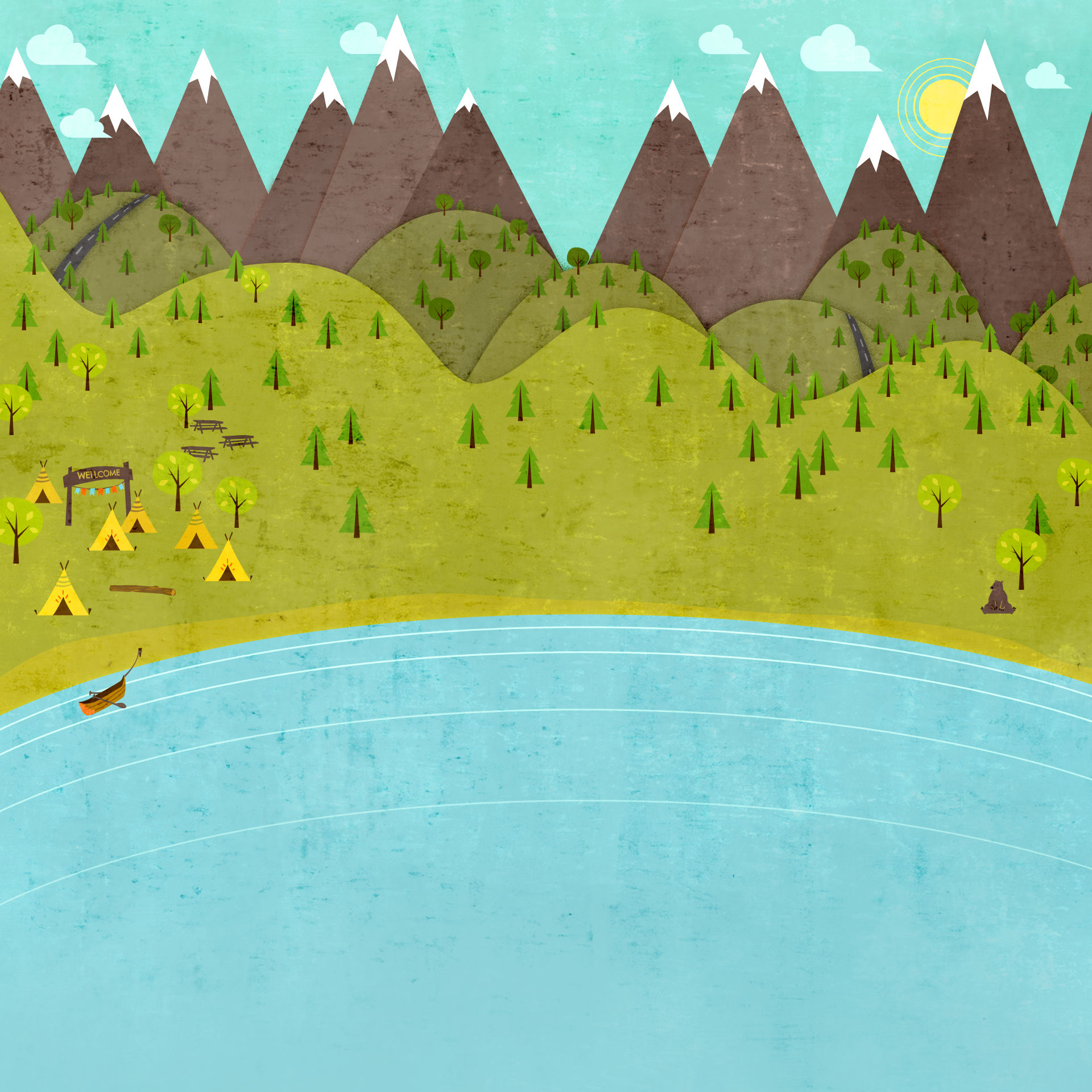
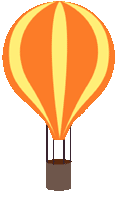
Miss Holley's
Reading Lessons
Chuck says,“Uhhhh, I’m confused!”
Beginning Reading
By: Cate Holley
Rationale: This lesson teaches students the short vowel correspondence u=/u/. In order to be able to read, children must learn to recognize the spellings that map word pronunciations. In this lesson children will learn to recognize, spell, and read words containing the letter u. The students will learn a meaningful representation by saying “Uhhh, I’m confused!” like Chuck while scratching the tops of their heads, spell and read words containing the /u/ sound in a Letterbox Lesson, and read a decodable book that focuses on the correspondence u=/u/.
Materials: Picture of a confused man, “Chuck”, scratching his head; cover-up critter; whiteboards for modeling and individual use; letter tiles for each child; letterbox sets for each child; magnetic letters for teachers: u, p, r, b, c, t, f, f, f, d, m, t, s, a, k, n, g, h; list of spelling words on poster or whiteboard to read: up, sub, cut, fluff, dump, truck, stung, brunch, trust, scrunch; decodable text: Bud the Sub (1990)
Procedures:
1. Say: “In order to become expert readers we need to learn the code that tells how to pronounce words. Today we are going to learn about the short vowel u= /u/. When I think of the /u/ sound, I think of myself when I am confused, scratching my head, and saying /u/(pronounced like “uhhh”). When we do this, we stretch out the sound. Here is a great picture of a man named Chuck scratching his head and saying /u/ because he is confused about something.”
2. Say: “Before we learn about the spelling of /u/, we need to listen and hear the /u/ sounds in words. When we say /u/ our mouths are open, our tongues sit at the bottom of our mouths, and we are making the sound deep in our throats. [Make a vocal gesture for /u/.] I’ll show you first: sun. I heard the /u/ sounding confused and I felt my mouth open and my tongue flatten on the bottom of my mouth. There is a short u in sun. Let’s see if we hear short u in luke. Uh oh, I didn’t hear the confused sound in luke, did you? If you hear /u/ in the next few words I’m going to read aloud, I want you to scratch your head pretending to be confused like Chuck in the picture. Do you hear /u/ is pug or jog? tuck or rack? pump or pest? hop or run?
3. Say: Now let’s look at how we use the code to learn to read words with the confused /u/ sound. What if I spell the word jump? “I want to jump in the pool.” To spell the word jump in letterboxes, we first need to know how many phonemes in the word, so let’s stretch it out and count: /j/ /u/ /m/ /p/. I need four boxes. I heard the /u/ right after /j/ and before /m/, so I am going to put the u in the second box. The word starts with /j/ so I am going to put the j in the first box. So we have /j/ /u/ right now. After this we hear the /m/ and /p/, so those two letters, m and p, go in the last two boxes. [Point to all the letters in order while stretching out the word: /j/ /u/ /m/ /p/, jump.]
4. Say: “Now I’m going to have you spell some words in letterboxes. You’ll start with two boxes. The first word is up. The train goes up the mountain. What goes into the first box? What goes into the second box? I’ll check your spelling while I walk around the room. [Observe progress.] You’ll need three letterboxes for the next two words. Listen for the beginning sound that goes in the first box and then listen for the /u/. The word is cut. I cut a piece of cake for my friend. [Give students time to spell the word.] Now, let’s check your work. Watch how I spell the word cut using my letterboxes on the board. Did you get it the same way? Good, now try it another word with three boxes. The word is rub. I like to rub my dog’s head. [Allow the students to spell the remaining words and give sentences for each word: fluff, dump, track, stung, brunch, trust.]
5. Say; “Now, I am going to let you read the words you just spelled. But first, I am going to model reading a word [show a poster with the word cluck on it and model how to read the word]. First, I see the letter u in the middle of the word so that’s my signal that it makes the /u/ sound. Now I am going to use my cover-up critter to put the beginning letters together c-l-u. What comes after these letters? The letters c and k come after the u to make the sound /ck/. So lets put it all together: clu-ck. ‘The chickens cluck so loud in the morning.” Do you think you can do it now? [Show the students on the whiteboard/poster the words: up, rub, cut, track, fluff, dump, stung, brunch, trust, extra words: runts, pseudowords: sunt. Have children read words in unison. Afterwards, call on individuals to read one word on the list until everyone has had a turn.]
6. Say: “Since everyone has done such an excellent job at reading words with out new spelling u= /u/. Now we are going to read a book called Bud the Sub. Gus has a submarine that he travels underwater in. This is a book about a submarine who is named Bud. Gus is riding in Bud one day and sees a tug that needs help. But, the tug is so much bigger than Bud. Do you think Bud can save the big tug? You’ll have to read and find out! [Provide a copy of the book to partners in the class and have the students alternate reading pages to his/her partner. Then reread Bud the Sub aloud and discuss ask questions to the students after each page.]
Assessment:
Say: “On this worksheet, you are asked to match 10 short u words with the pictures on the left column. As you read each word, listen for the /u/ sound and draw a line with the correct picture. [Collect the worksheets when everyone is finished and evaluate their understanding of the u = /u/ correspondence.]
Reference:
Brennan, Caroline, Uhhh, I’m Confused!
https://sites.google.com/site/jjreadinglesson/home/uhhh-i-m-confused
Cushman, Sheila, Bud the Sub. (1990). Phonics Readers, Educational Insight.
Assessment worksheet:
http://www.enchantedlearning.com/alphabet/matchwordsandpix/shortu/
Return to Handoff index

